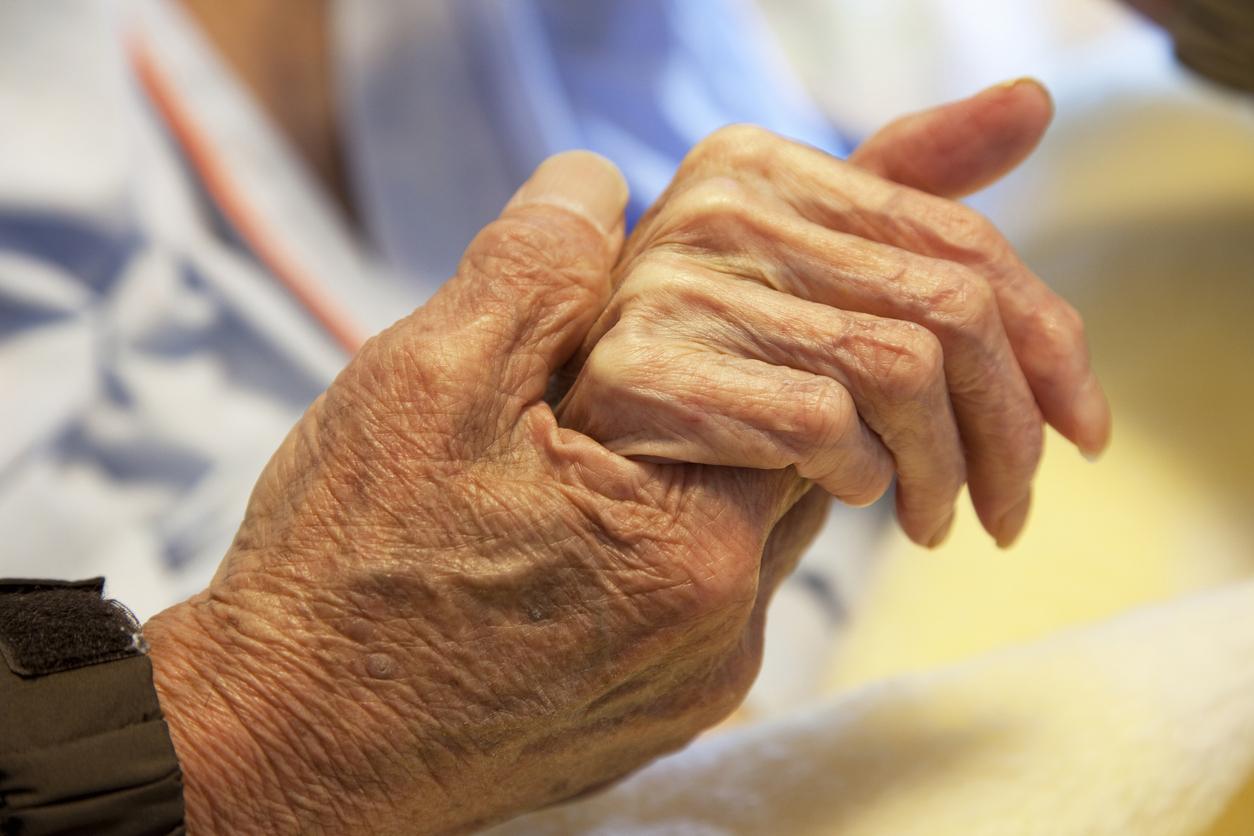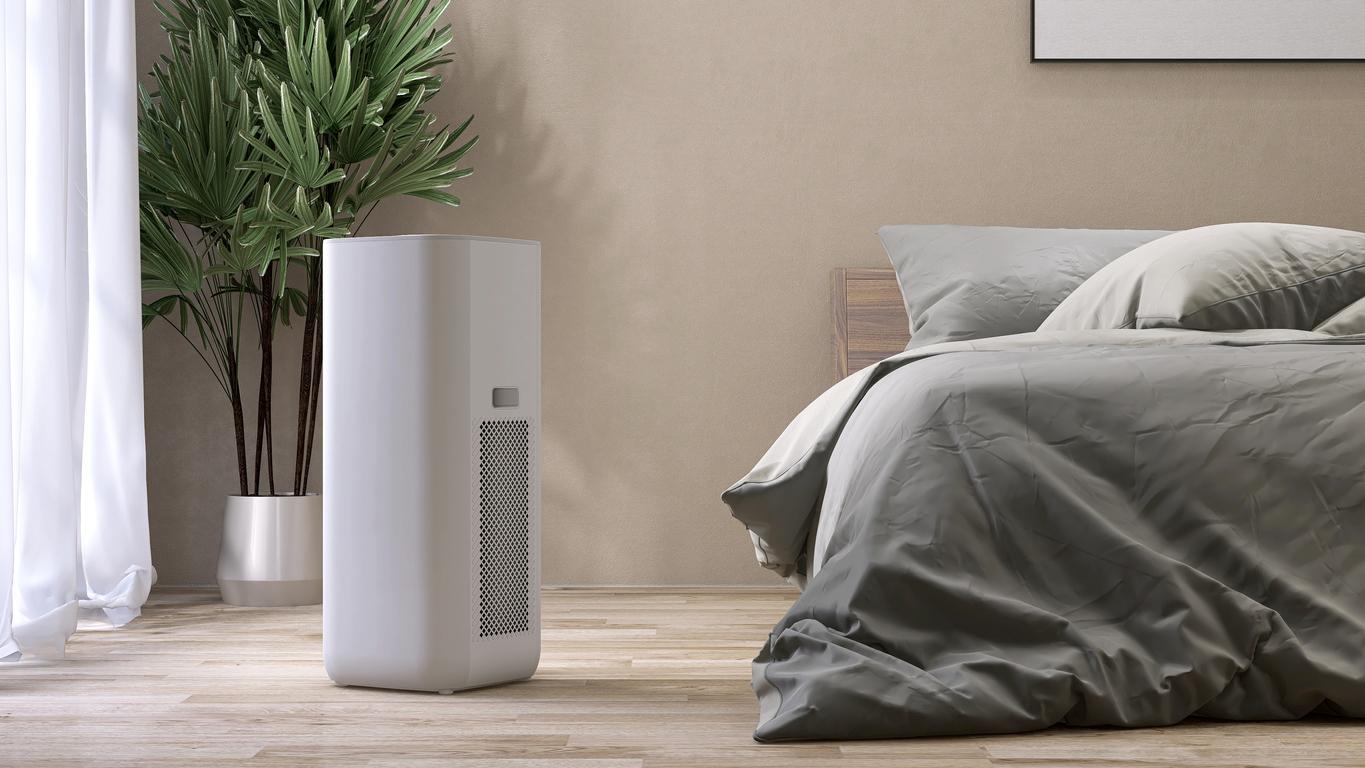In the 21st annual report on the state of poor housing in France, the Abbé Pierre Foundation reports on the links between health and housing. The links between housing and health problems are evident when looking at the health status of homeless people. But it also concerns households forced to live in unsanitary, humid or very degraded housing, because this has consequences for their health: lead poisoning, asthma, chronic bronchitis, allergies…
“Unfit housing is the cause of many health problems, the main risks being poisoning (lead, carbon monoxide, radon, etc.) and allergic or respiratory pathologies. Unfit housing also has consequences on the social and psychological level: degradation of the self-image and withdrawal of the household, with the development of a feeling of “shame” which concerns both adults and children” emphasizes the Foundation.
Housing that is too humid or unsanitary causes respiratory problems
An emblematic disease of poor housing, lead poisoning seems to be on the decline. In 2010, the Institute for Health Monitoring (InVS) showed that its prevalence in children aged 1 to 6 was estimated at 0.11% in 2008-2009, i.e. 5,333 children, compared to 2.1% in 1995- 1996. “But it is quite possible thatlead poisoning is undervalued lack of active research” insists the Abbé Pierre Foundation.
On the other hand, indoor air quality in dwellings that are too humid is a growing problem. According to the 2013 National Housing Survey, 5.8 million households (20.7%) complained of signs of humidity on the walls, which causes asthma and respiratory problems.
“Difficulties in staying in housing can also appear in the wake of health problems and the unforeseen expenses they cause. It is not uncommon, moreover, for people leaving hospital to find themselves without housing. following an accumulation of unpaid debts and an eviction procedure that they were unable to follow” insists the report.
Read also :
Lead poisoning: 3 times more children detected
Lead, mold, radon: hunt indoor pollutants
















